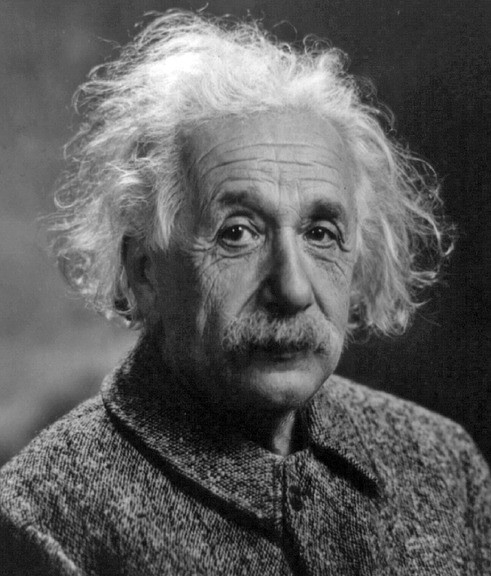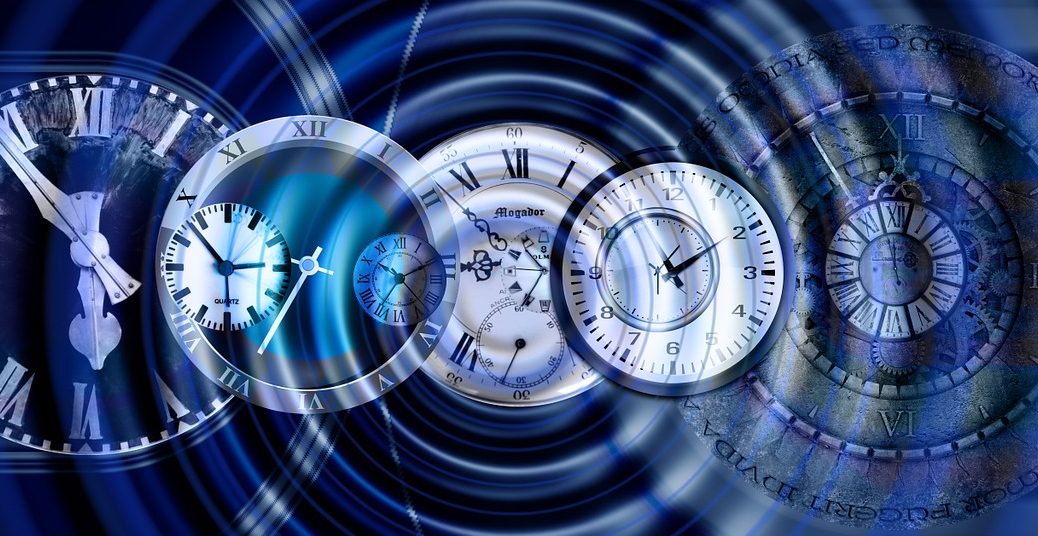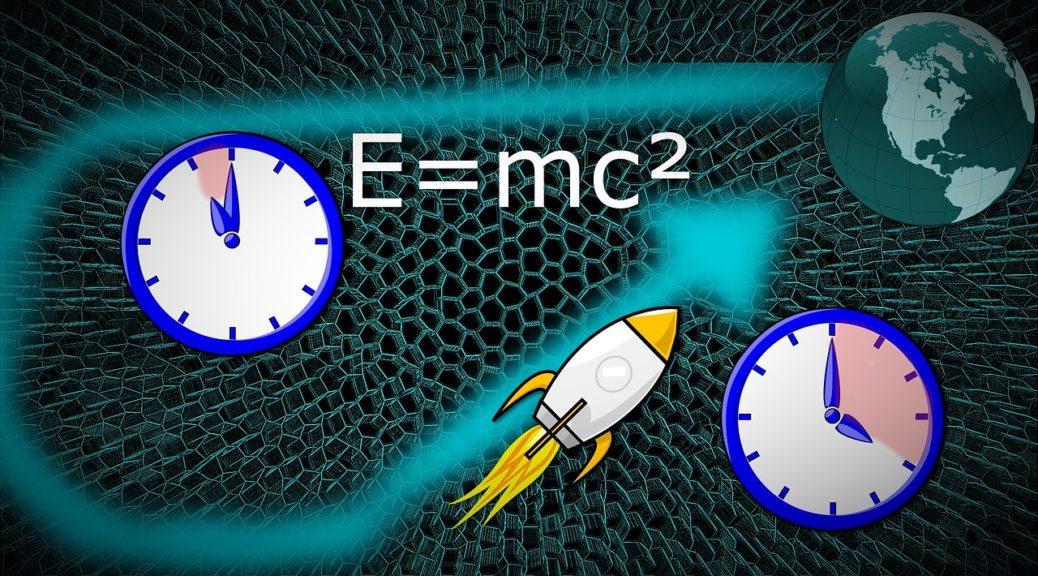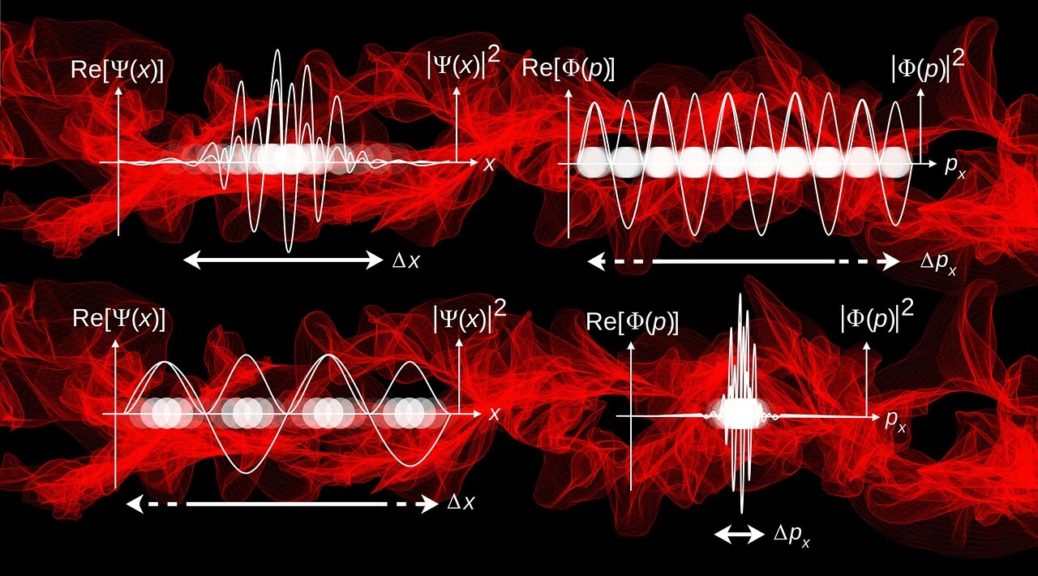Since the post series on Particles and Interactions became a bit longer than I wanted, I thought I would break it up. Let’s start with a recap of modern physics that will you will need to understand the structure of matter.
Top Philosophy Blog – Again!
 Unreal Blog recently got another award as one of the top 100 philosophy blogs.
Unreal Blog recently got another award as one of the top 100 philosophy blogs.
The previous such award came a few years ago. Glad to feel appreciated for my efforts and to see that people are taking notice.
Interpretation of Special Relativity
When we looked at Quantum Mechanics, we talked about its various interpretations. The reason we have such interpretations, I said, is that QM deals with a reality that we have no access to, through our sensory and perceptual apparatuses. On the other hand, Special Relativity is about macro objects in motion, and we have no problem imagining such things. So why would we need to have an interpretation? The answer is a subtle one.
Continue reading
Speed of Light
The speed of light being a constant sounds like a simple statement. But there is more to it, quite a bit more. Let’s look at what this constancy really means. At first glance, it says that if you are standing somewhere, and there is a ray of light going from your right to left, it has a speed c. And another ray of light going from left to right also has a speed c. So far, so good. Now let’s say you are in a rocket ship, as shown in the figure below, moving from right to left.
Special Theory of Relativity
When we hear about Einstein and the special relativity (or the special theory of relativity, to use the real name), we think of the famous  equation, and weird things like the twin paradox. While those things are all true and important, the problem SR tries to solve is a completely different one. It is an attempt to defend a basic principle in physics.
equation, and weird things like the twin paradox. While those things are all true and important, the problem SR tries to solve is a completely different one. It is an attempt to defend a basic principle in physics.
Continue reading
Quantum Mechanics – Interpretations
Whenever we talk about Quantum Mechanics, one of the first questions would be, “What about the cat?” This question, really, is about the interpretations of Quantum Mechanics. The standard interpretation, the so-called Copenhagen interpretation, leads to the famous Schrodinger’s cat.
Continue reading
Quantum Field Theory
In this post on Quantum Mechanics (QM), we will go a bit beyond it and touch upon Quantum Field Theory – the way it is used in particle physics. In the last couple of posts, I outlined a philosophical introduction to QM, as well as its historical origin – how it came about as an ad-hoc explanation of the blackbody radiation, and a brilliant description of the photoelectric effect.
Continue reading
Historical Origin of Quantum Mechanics
In this section, we will try to look at the historical origin of Quantum Mechanics, which is usually presented succinctly using scary looking mathematical formulas. The role of mathematics in physics, as Richard Feynman explains (in his lectures on QED given in Auckland, New Zealand in 1979, available on YouTube, but as poor quality recordings) is purely utilitarian.
Continue reading
Quantum Mechanics
Quantum Mechanics (QM) is the physics of small things. How do they behave and how do they interact with each other? Conspicuously absent from this framework of QM is why. Why small things do what they do is a question QM leaves alone. And, if you are to make any headway into this subject, your best bet is to curb your urge to ask why. Nature is what she is. Our job is to understand the rules by which she plays the game of reality, and do our best to make use of those rules to our advantage in experiments and technologies. Ours is not to reason why. Really.
Classical Physics
The main difficulty in describing particle physics to general public is the fact that it is built on modern physics. Even if you are physics aficionado and did extremely well in your high school physics, what you have learned and loved is classical physics. The difference between classical physics and modern physics is not just more physics, but a completely new way of looking at the reality around us.
Continue reading










